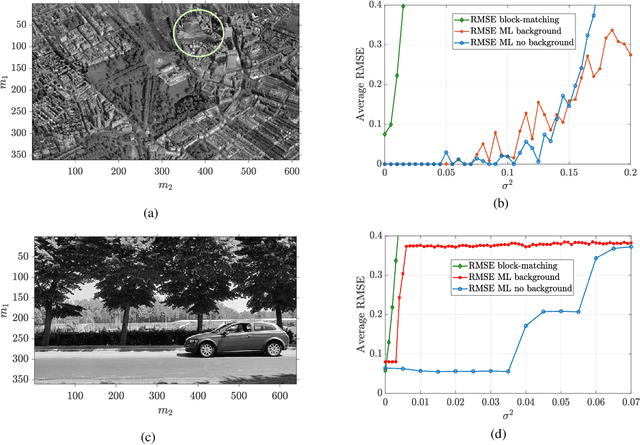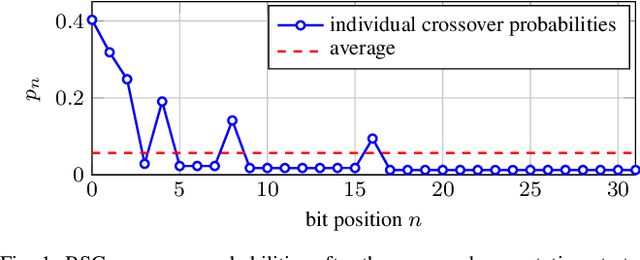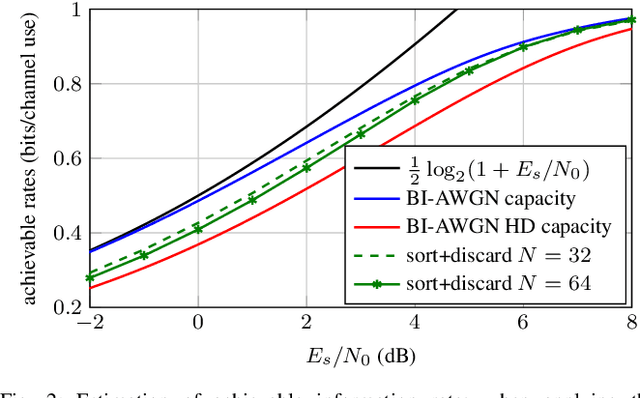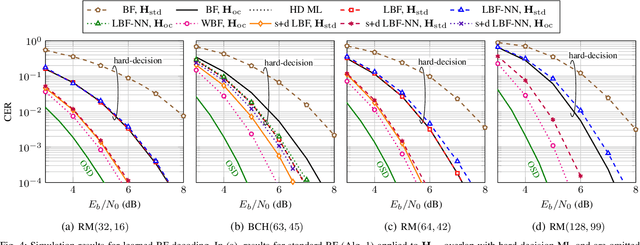Riccardo Raheli
Motion Magnification Algorithms for Video-Based Breathing Monitoring
Nov 29, 2022Abstract:In this paper, we present two video processing techniques for contact-less estimation of the Respiratory Rate (RR) of framed subjects. Due to the modest extent of movements related to respiration in both infants and adults, specific algorithms to efficiently detect breathing are needed. For this reason, motion-related variations in video signals are exploited to identify respiration of the monitored patient and simultaneously estimate the RR over time. Our estimation methods rely on two motion magnification algorithms that are exploited to enhance the subtle respiration-related movements. In particular, amplitude- and phase-based algorithms for motion magnification are considered to extract reliable motion signals. The proposed estimation systems perform both spatial decomposition of the video frames combined with proper temporal filtering to extract breathing information. After periodic (or quasi-periodic) respiratory signals are extracted and jointly analysed, we apply the Maximum Likelihood (ML) criterion to estimate the fundamental frequency, corresponding to the RR. The performance of the presented methods is first assessed by comparison with reference data. Videos framing different subjects, i.e., newborns and adults, are tested. Finally, the RR estimation accuracy of both methods is measured in terms of normalized Root Mean Squared Error (RMSE).
A Maximum Likelihood Approach to Speed Estimation of Foreground Objects in Video Signals
Mar 10, 2020
Abstract:Motion and speed estimation play a key role in computer vision and video processing for various application scenarios. Existing algorithms are mainly based on projected and apparent motion models and are currently used in many contexts, such as automotive security and driver assistance, industrial automation and inspection systems, video surveillance, human activity tracking techniques and biomedical solutions, including monitoring of vital signs. In this paper, a general Maximum Likelihood (ML) approach to speed estimation of foreground objects in video streams is proposed. Application examples are presented and the performance of the proposed algorithms is discussed and compared with more conventional solutions.
Reinforcement Learning for Channel Coding: Learned Bit-Flipping Decoding
Jun 11, 2019



Abstract:In this paper, we use reinforcement learning to find effective decoding strategies for binary linear codes. We start by reviewing several iterative decoding algorithms that involve a decision-making process at each step, including bit-flipping (BF) decoding, residual belief propagation, and anchor decoding. We then illustrate how such algorithms can be mapped to Markov decision processes allowing for data-driven learning of optimal decision strategies, rather than basing decisions on heuristics or intuition. As a case study, we consider BF decoding for both the binary symmetric and additive white Gaussian noise channel. Our results show that learned BF decoders can offer a range of performance--complexity trade-offs for the considered Reed--Muller and BCH codes, and achieve near-optimal performance in some cases. We also demonstrate learning convergence speed-ups when biasing the learning process towards correct decoding decisions, as opposed to relying only on random explorations and past knowledge.
Markov Chain Modeling and Simulation of Breathing Patterns
Oct 05, 2016



Abstract:The lack of large video databases obtained from real patients with respiratory disorders makes the design and optimization of video-based monitoring systems quite critical. The purpose of this study is the development of suitable models and simulators of breathing behaviors and disorders, such as respiratory pauses and apneas, in order to allow efficient design and test of video-based monitoring systems. More precisely, a novel Continuous-Time Markov Chain (CTMC) statistical model of breathing patterns is presented. The Respiratory Rate (RR) pattern, estimated by measured vital signs of hospital-monitored patients, is approximated as a CTMC, whose states and parameters are selected through an appropriate statistical analysis. Then, two simulators, software- and hardware-based, are proposed. After validation of the CTMC model, the proposed simulators are tested with previously developed video-based algorithms for the estimation of the RR and the detection of apnea events. Examples of application to assess the performance of systems for video-based RR estimation and apnea detection are presented. The results, in terms of Kullback-Leibler divergence, show that realistic breathing patterns, including specific respiratory disorders, can be accurately described by the proposed model; moreover, the simulators are able to reproduce practical breathing patterns for video analysis. The presented CTMC statistical model can be strategic to describe realistic breathing patterns and devise simulators useful to develop and test novel and effective video processing-based monitoring systems.
 Add to Chrome
Add to Chrome Add to Firefox
Add to Firefox Add to Edge
Add to Edge